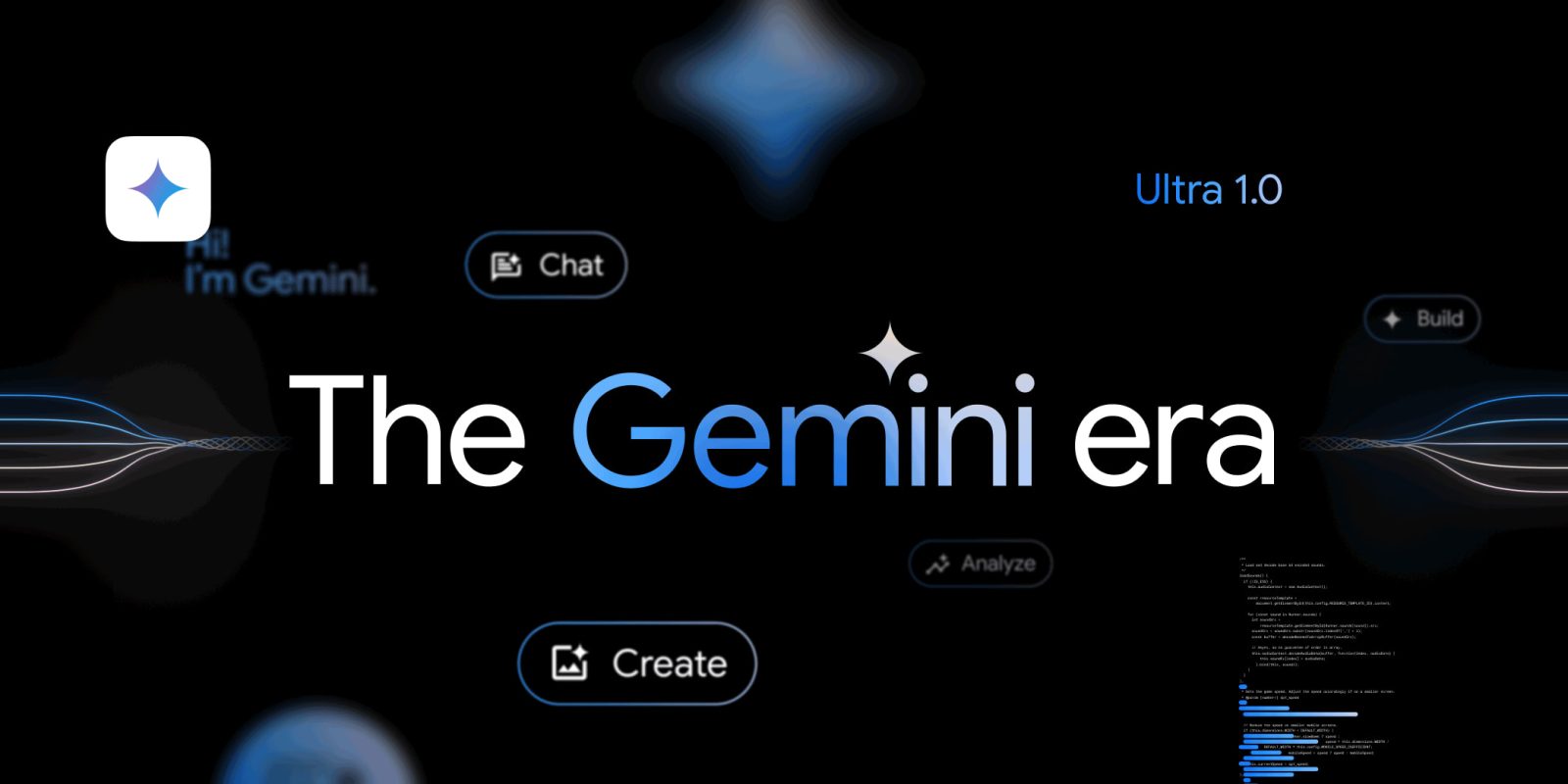
Since I/O 2023, Gemini has become the name for all of Google’s AI features. Amidst the Gemini product updates this week, Google officially explained the origin of that name.
According to the Google DeepMind team, “Titan” was an early placeholder for the project. There’s of course the Greek mythology angle, but Google was specifically thinking of Saturn’s largest moon.
“I wasn’t a huge fan of that name,” says Jeff Dean, Gemini’s co-technical lead. But it gave him an idea — or perhaps a sign — for a name grounded in space.
That brought Google to “Gemini” — or Latin for “twins” — and the sparkly star iconography used everywhere.
In astronomy, it’s the name of a constellation associated with Greek mythological twins Castor and Pollux, for which its two brightest stars are named. Naturally, then, the meaning behind our AI model’s name is two-fold.
The team thought the “dual-natured personality, capable of adapting quickly, connecting to a wide range of people, and seeing things from multiple perspectives” of the Gemini zodiac sign was “well suited for what was happening at Google at the time” with the DeepMind and Google Research “Brain” team merger.
“The Gemini effort came about because we wanted to bring our teams working on language modeling closer together,” Jeff says. “I felt the twins aspect of the name ‘Gemini’ was a great fit. The twins here are the folks in the legacy Brain team and the legacy DeepMind team, who started to work together on this ambitious multimodal model project.”
Gemini is also a nod to NASA’s Project Gemini from 1965 to 1968, which helped test technology ahead of Apollo’s moon landing.
Project Gemini’s significance to the success of the Apollo program resonated with the team. At one point, Jeff proposed the name “Gemini” in a comment in a Doc the team was working on, and it stuck. “I was immediately sold on the name, because the monumental effort of training LLMs resonated with the spirit of launching rockets,” says Oriol Vinyals, Gemini’s co-technical lead.
Google also explored naming models “with names of stars in the universe, as there are quite a few of different sizes.” Today, we have Nano, Flash, Pro, and Ultra, though 1.5 so far remains at two sizes.
Also of note in this interview is a brief line about the decision to have Gemini also become the user-facing name for AI features at Google:
“Gemini was born as the research program to create the most capable models in the world,” Oriol says. “By making it the name of the product too, I’m hoping our users feel the continuous improvement, creativity and innovation that our research teams will be bringing directly to them.”
More on Gemini:
- Setting the stage at I/O 2024 for Gemini being Google’s last reset
- ‘Gemini Live’ lets you talk to Gemini as Google demos ‘Project Astra’ on glasses
- Google infusing AI into Android with Gemini app and on-device Nano
- Gemini Advanced now uses 1.5 Pro as Google details more Extensions, custom ‘Gems’
FTC: We use income earning auto affiliate links. More.



Comments